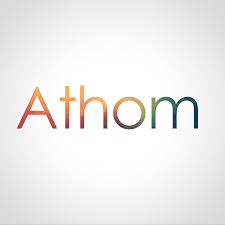Athom/Homey

About the vendor and its products
Athom for a long time offered one product; their Homey base station. This supports a large number of protocols and devices; it is claimed that 50,000 products are compatible. What is somewhat out of the ordinary is that Athom itself only delivers the operating system and a few apps, with the system being based on apps for devices being developed by either the producers of the devices themselves or enthusiasts that want devices they own to work with Homey. In the fall of 2021, a new product was announced, called Homey Bridge, which is a smaller and cheaper base station, and a second generation Homey Pro 2023 was later launched.
We have installed a Homey Pro 2023 (upgraded from a 2910 due to too many devices and their corresponding apps consumed all the RAM) in our house and it is central to our system. After having installed the Homey, I have ascertained that there are indeed Homey app for most of the products we have and which do not natively support Apple Home. In some cases, this offers opportunities we previously did not have, in other cases devices work better if integrated through Homebridge. The devices connected to Homey can be brought over to Apple Home via the app HomeKitty (which has replaced HomeyKit) or Homey’s own beta support for Apple Home. Depending on the device, one or the other seems to work better.
Our experiences
The Homey serves an indispensable role in our smart home, serving as the main mechanism for connecting various Zigbee, Z-Wave, and other devices that are not otherwise compatible with Apple Home.
Notice that on phones, the table might only display in landscape mode
| Component | Room | Experiences |
|---|---|---|
Homey base station |
If we didn’t base our smart home on Apple Home as the primary integration and programming platform, we could probably get by quite well with the Homey, even though some aspects, especially the programming, seems a little more cumbersome than what I am used to. It is also a little vulnerable in that one is dependent on app developers who update the apps when manufacturers make changes in protocols/firmware, something that can take time. In any case, Homey has become an integrated part of our setup, and it is the primary solution for some devices. |